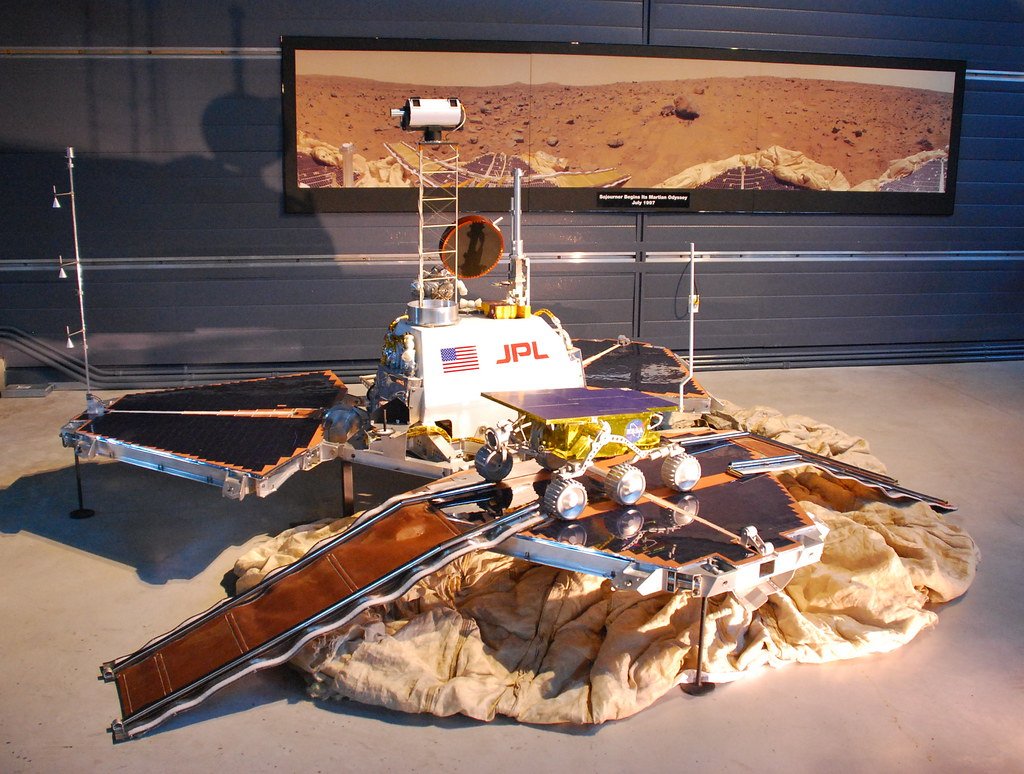When you imagine the first time a robot rolled across the dusty surface of another planet, do you feel a jolt of awe? There’s something almost poetic about these mechanical pioneers—our proxies, crawling across landscapes no human has ever touched, seeking answers to questions as old as time. The journey from the earliest, wobbly lunar machines to today’s agile Mars explorers is a saga of invention, risk, and relentless curiosity. It’s not just about engineering; it’s about the very human urge to see what lies beyond the next hill, even if that hill is a hundred million miles away. Let’s take a ride through the remarkable evolution of rovers and discover how we’ve learned to drive on alien worlds.
The Humble Beginnings: Lunokhod’s Historic Tracks
Back in 1970, the Soviet Union stunned the world with Lunokhod 1, the first robot rover to land and drive on another celestial body. Its eight wheels crunched through lunar regolith for almost a year, sending back thousands of images and data. Engineers had to control it remotely, facing a two-second delay and the totally alien challenge of driving without any roads or signs. Imagine steering a remote-control car, but your toy is 384,000 kilometers away and every mistake could end the mission. Lunokhod’s success wasn’t just a technical feat—it was a giant leap in learning how to operate machines where no human could go.
Learning to Survive in the Harshness of Space
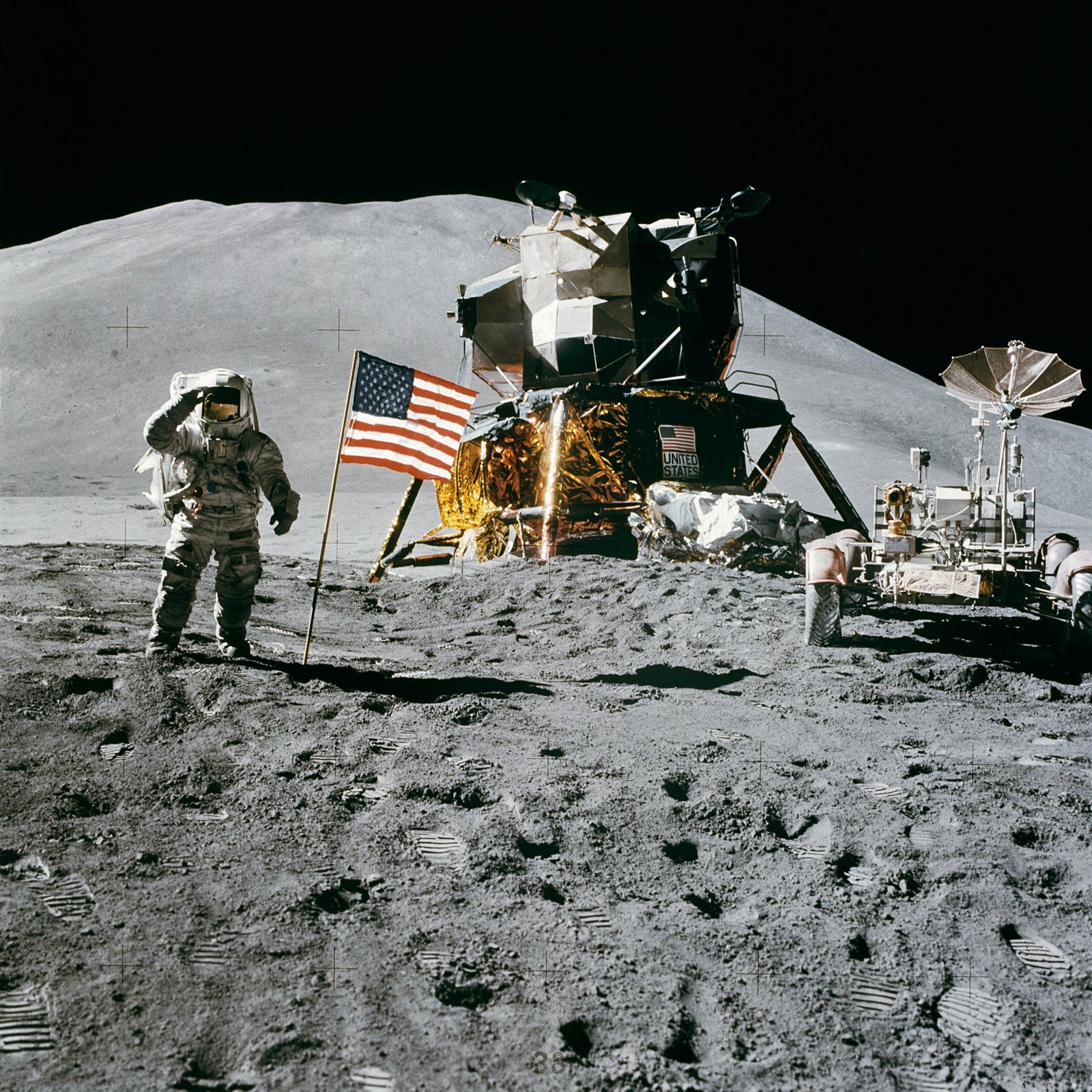
Alien worlds are unforgiving. Extreme temperatures, radiation, and dust storms make Earth’s wildest places look tame. Early rover engineers wrestled with these challenges. How do you keep batteries warm during freezing lunar nights? What happens when solar panels get caked with Martian dust? Survival meant inventing heaters, shields, and self-cleaning systems. Each rover that made it through a night or a storm taught us a little more about what it takes to make a machine last where life can’t.
Remote Control: Mastering the Art of Delayed Driving
On Earth, driving is almost instant. But with space rovers, signals can take minutes to travel between worlds. When the Pathfinder rover landed on Mars in 1997, its team had to plan movements carefully, waiting for images and data before sending new commands. This required patience, creativity, and a knack for thinking several steps ahead. Teams built virtual testbeds and “Mars yards” on Earth to practice, but nothing could fully prepare them for the real thing. Every successful drive felt like a miracle and a victory against the tyranny of distance.
Sojourner: The Pathfinder That Changed Expectations
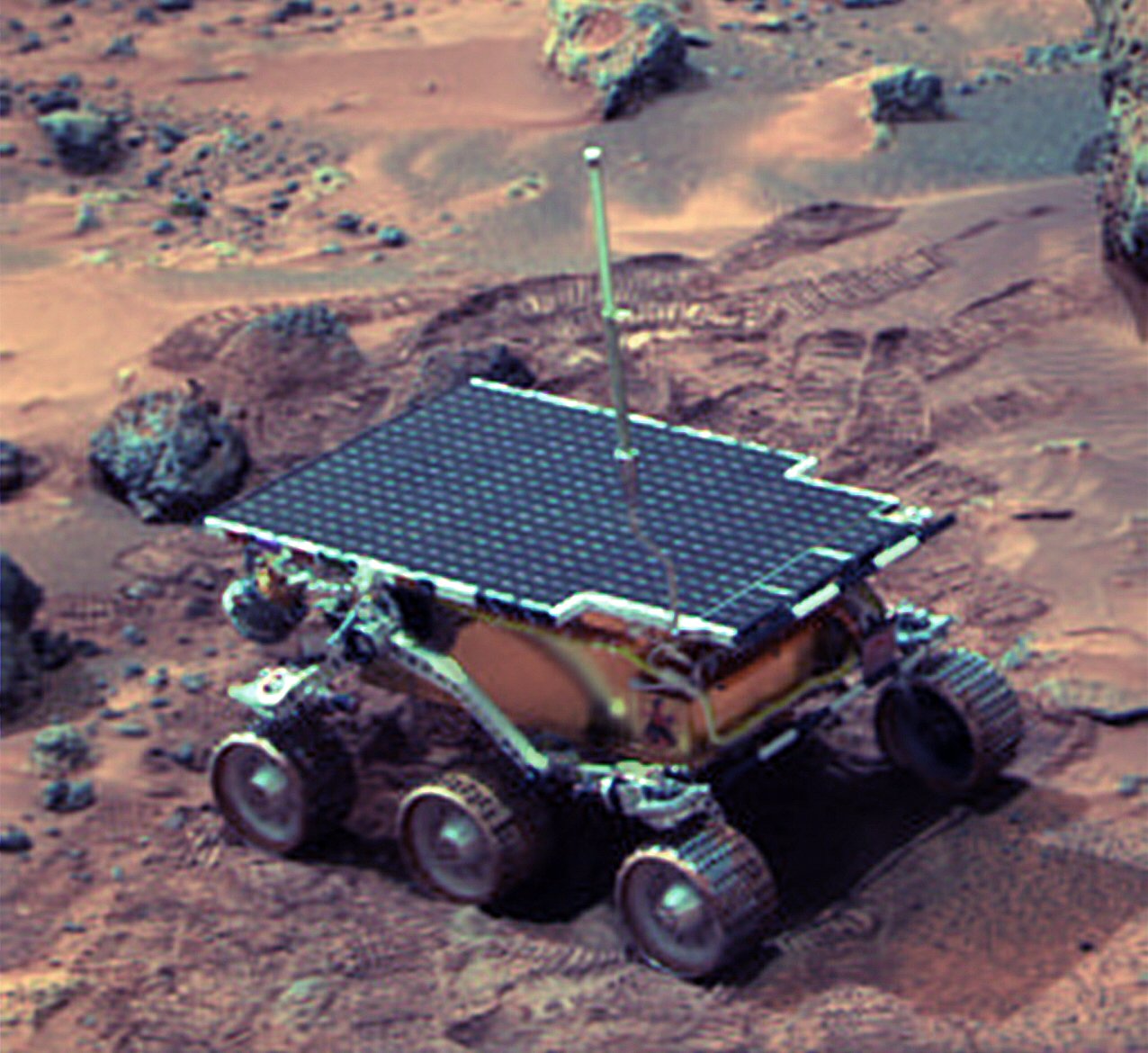
Sojourner, the little rover from NASA’s Mars Pathfinder mission, looked almost like a toy. Yet, in 1997, it captured hearts and headlines by scooting around the Martian surface, analyzing rocks and sending back color photos. Its six-wheel rocker-bogie suspension let it climb over obstacles, and its onboard computer made some decisions without waiting for input from Earth. Sojourner proved that small machines could do big science, and it set the stage for bolder, more complex missions.
Spirit and Opportunity: Tenacity on the Red Planet

When NASA’s twin rovers Spirit and Opportunity landed in 2004, few expected them to last long. Designed for 90 days, they survived years—thanks to clever navigation, luck, and the occasional gust of wind clearing their solar panels. These rovers taught us to expect the unexpected. Spirit got stuck in soft soil, transforming its predicament into a stationary science lab. Opportunity kept going, breaking records and discovering evidence of ancient water. Their journeys were a masterclass in resilience and improvisation.
Curiosity: A Laboratory on Wheels

Curiosity, which touched down in 2012, was a game-changer. It was the size of a car, packed with instruments, and powered by a nuclear battery. For the first time, a rover could drive for years without worrying about the sun. Curiosity’s ability to drill, scoop, and analyze rocks led to the discovery of complex organic molecules—hints that Mars might once have hosted life. Its “sky crane” landing was a spectacle, and its autonomous driving features let it navigate tricky terrain without waiting for every command from Earth.
Perseverance: The Smartest Rover Yet
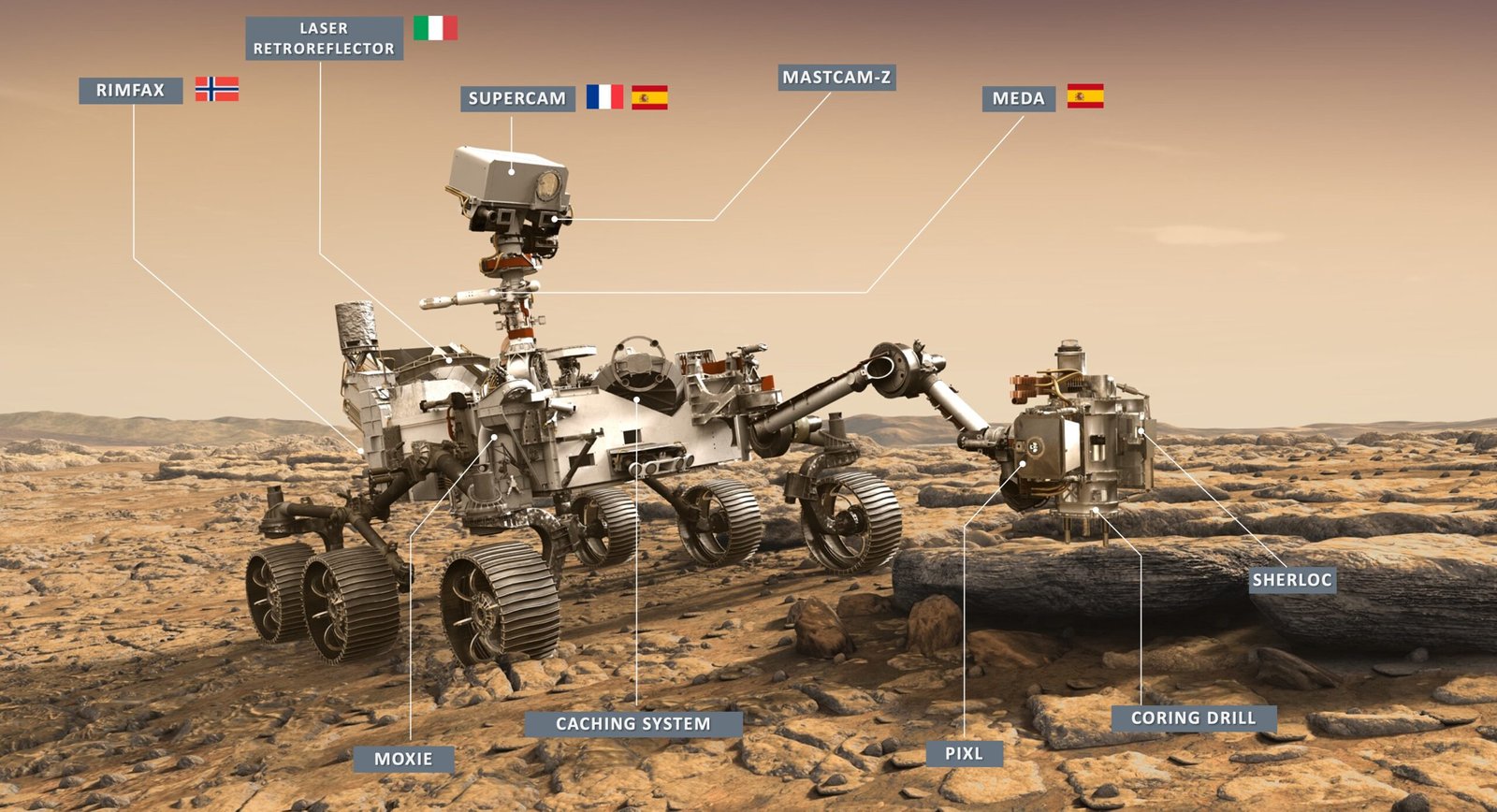
Perseverance, which landed on Mars in 2021, took autonomy to a new level. With advanced AI, it can plot its own routes, dodge hazards, and even decide which rocks are worth studying. Its Ingenuity helicopter companion proved that flight is possible in thin Martian air, opening new frontiers for exploration. Perseverance also carries tools to collect samples for future return to Earth, promising discoveries that could rewrite our understanding of Mars. It’s not just driving—it’s learning and thinking on the go.
Rover Wheels: Reinventing the Simple for the Extreme
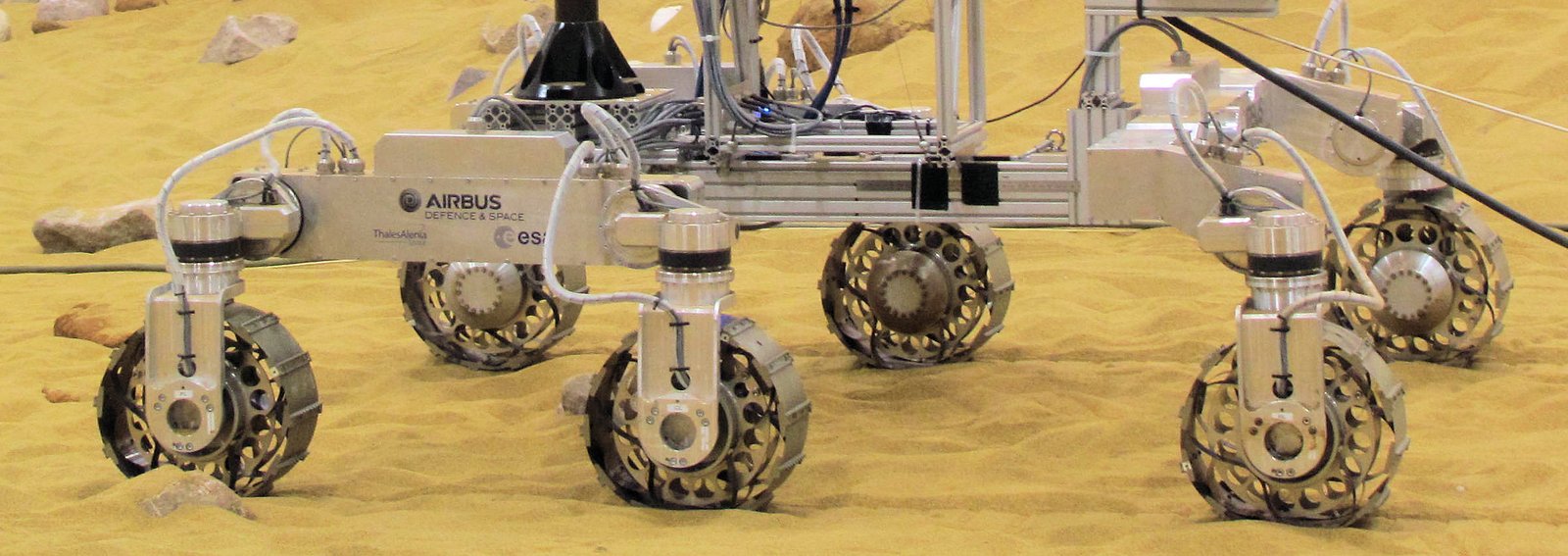
A rover’s wheels might seem basic, but they are marvels of design. Engineers have experimented with everything from metal mesh to solid aluminum, seeking the right balance of grip, durability, and flexibility. Martian rocks and sand can shred or trap wheels, as Spirit learned the hard way. Newer rovers use springy, cleated wheels that can flex and recover, like a runner’s sneakers adapted for rough trails. Each generation of wheels carries scars and lessons from the last.
Navigation Without GPS: The Challenge of Finding Your Way

On Earth, GPS guides us. But on Mars or the Moon, there’s no satellite network to offer directions. Early rovers relied on careful route planning and visual odometry, measuring movement by watching how rocks and shadows shifted. Modern rovers use stereo cameras, LIDAR, and sophisticated algorithms to map their environment and avoid hazards. Navigation is a blend of old-school caution and cutting-edge tech, with every drive pushing the limits of what’s possible.
Powering the Journey: From Solar to Nuclear

Energy is the lifeblood of every rover. Early lunar machines ran on solar panels, but long nights and dust storms made this risky. Some missions, like Curiosity and Perseverance, use nuclear “batteries” called RTGs, which provide steady power for years. This shift has allowed rovers to travel farther, work longer, and survive in places where sunlight is scarce. The quest for better, more reliable power sources is central to every new rover design.
Communication: Bridging Light-Years of Distance
Talking to a robot on another planet is no small feat. Messages must travel millions of kilometers, bouncing off orbiters and satellites. Engineers use deep space networks—giant radio dishes spread across the globe—to keep in touch. Data rates are limited, so every photo and measurement counts. Innovations like data compression, relay satellites, and smarter onboard storage have allowed rovers to send home ever more detailed glimpses of alien worlds.
Testing on Earth: The Mars Yards and Moon Bunkers
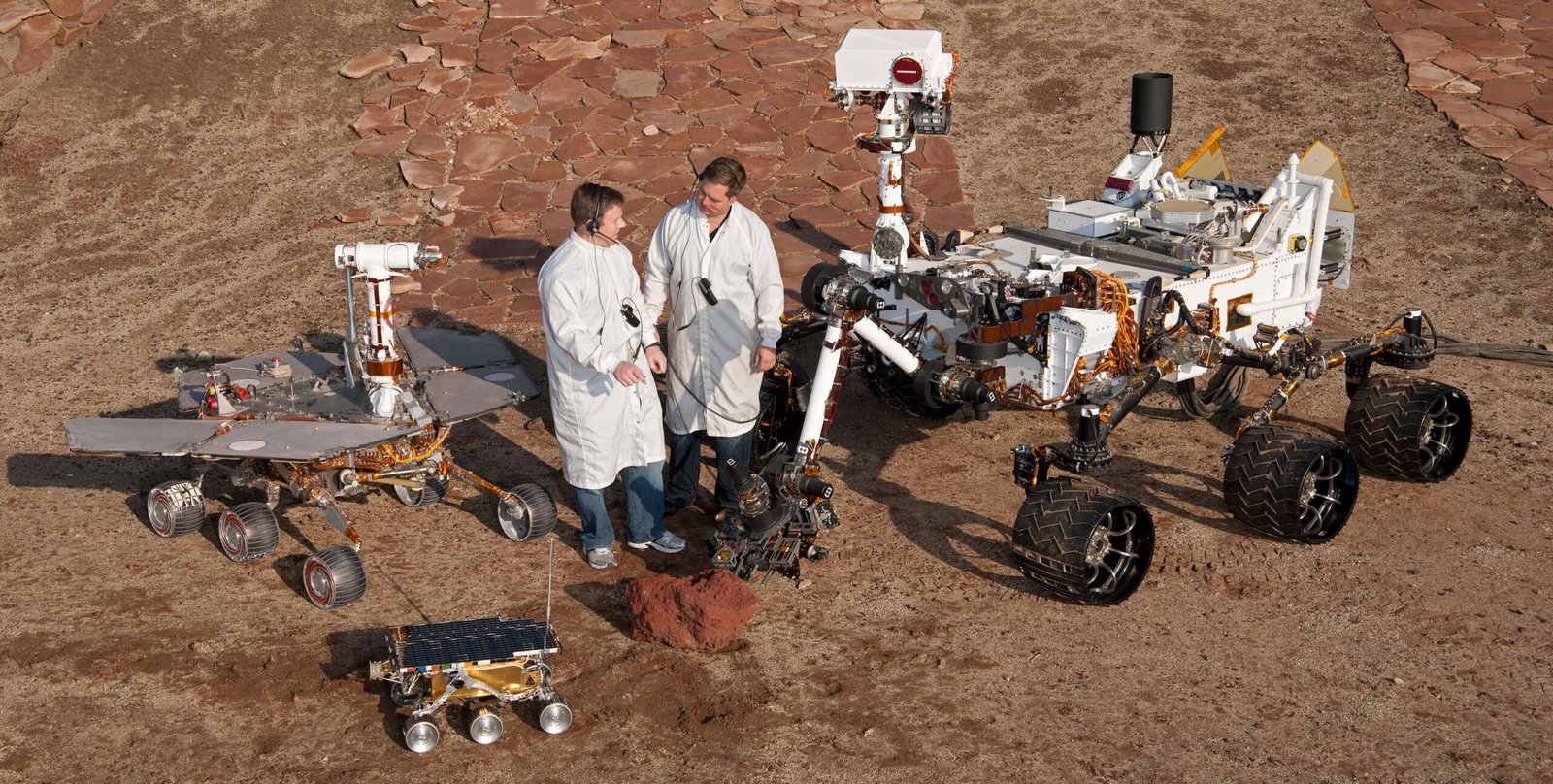
Before a rover ever leaves Earth, it has to prove itself in specially built test sites. These “Mars yards” are filled with rocks, sand, and slopes designed to mimic the challenges of alien terrain. Engineers run endless simulations, pushing their machines to the brink to find weaknesses. It’s a bit like boot camp for robots—grueling, dirty, but absolutely necessary. These tests have saved countless missions from disaster by revealing problems before launch.
Autonomy: Teaching Rovers to Think for Themselves
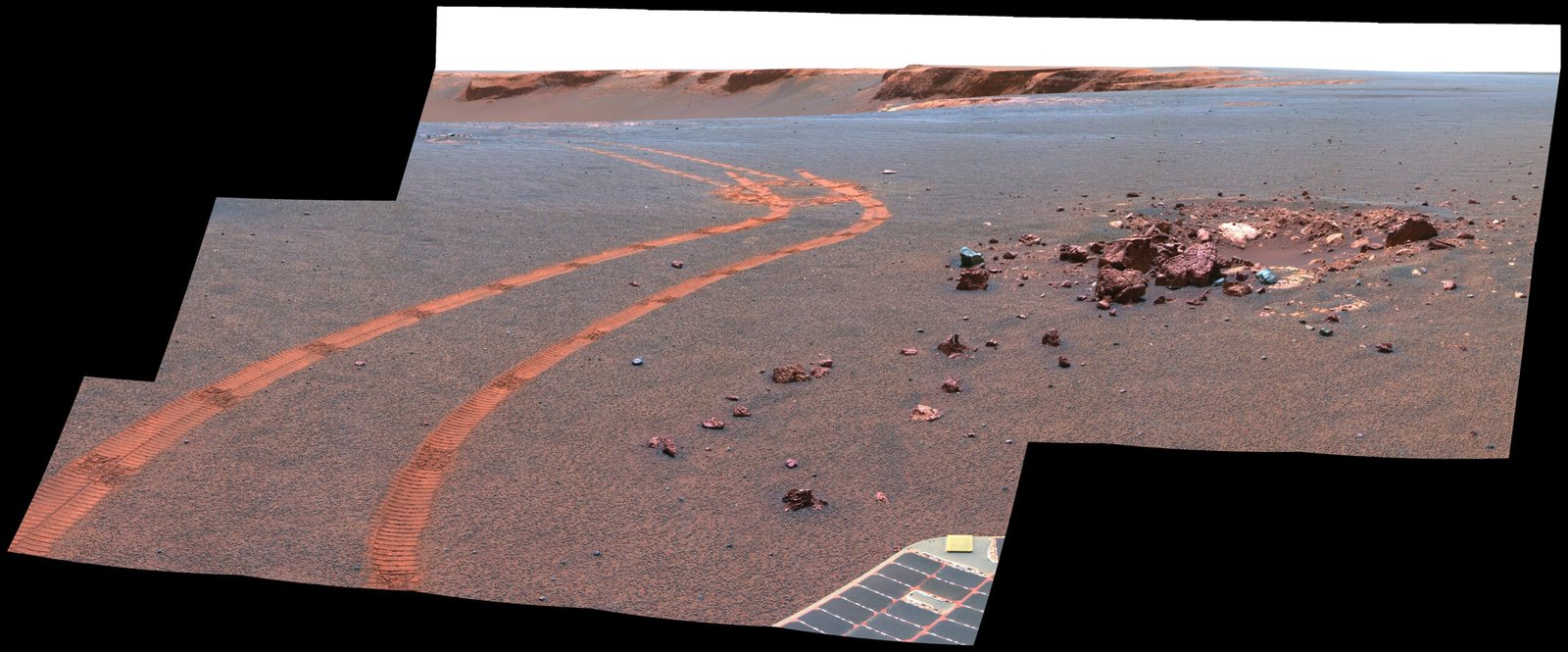
With every new mission, rovers are becoming smarter. Early models followed simple commands, but today’s explorers can assess risks, choose routes, and even select science targets. Artificial intelligence allows them to spot interesting rocks or safe paths without waiting for instructions from Earth. This leap in autonomy is crucial for future missions, especially those venturing to distant moons or asteroids where communication is even slower.
Adapting to Alien Soils: The Science of Traction
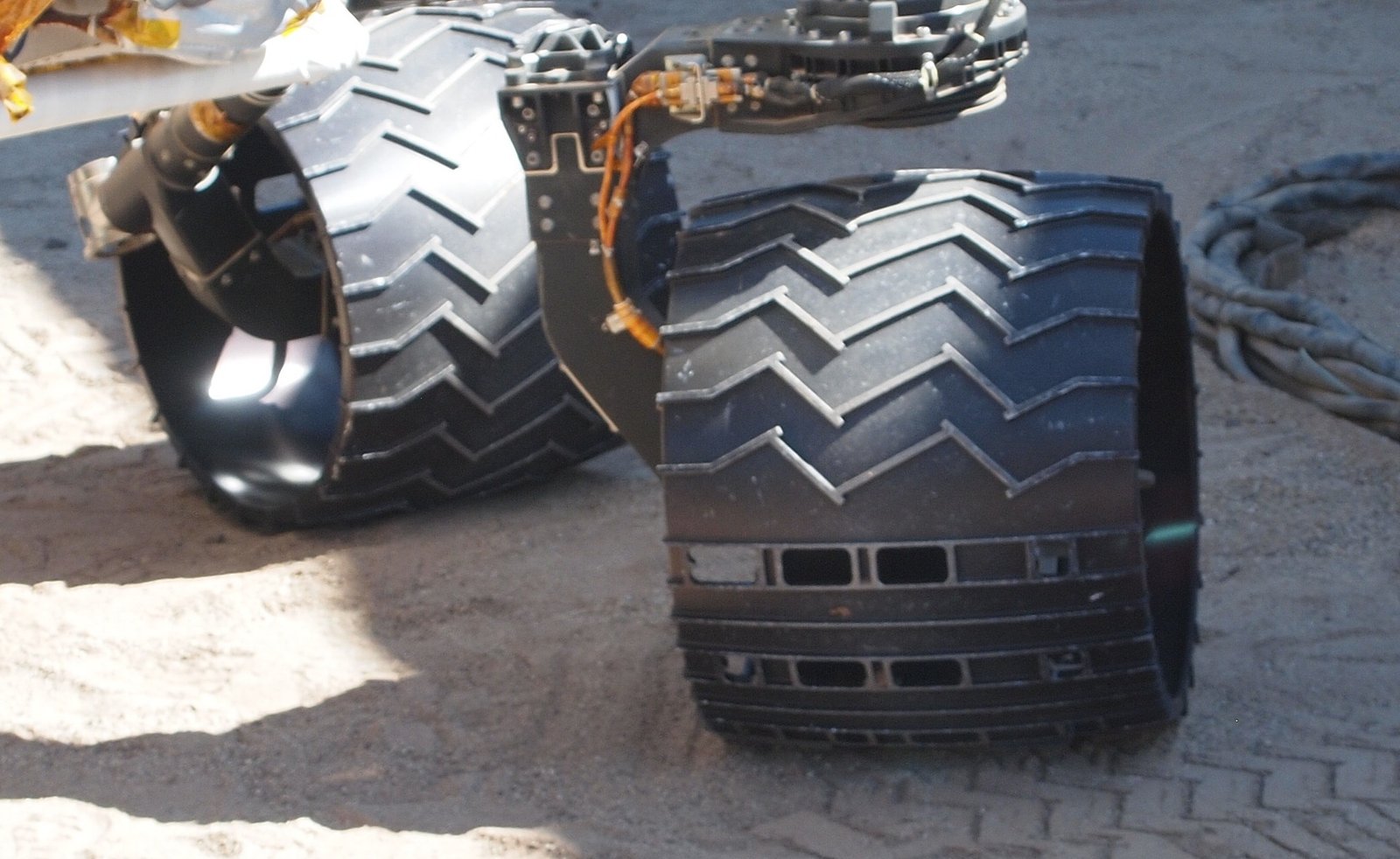
Not all alien soil is created equal. Mars has fine, slippery dust, while the Moon is covered in sharp, abrasive regolith. Rovers have to adapt, using different wheel treads, driving speeds, and even movement patterns to avoid getting stuck. Learning from each mission, engineers refine designs to maximize traction and stability. Sometimes, the best solution is the simplest—like driving backwards or spinning wheels to shake off debris.
Science on the Move: Experiments in Motion
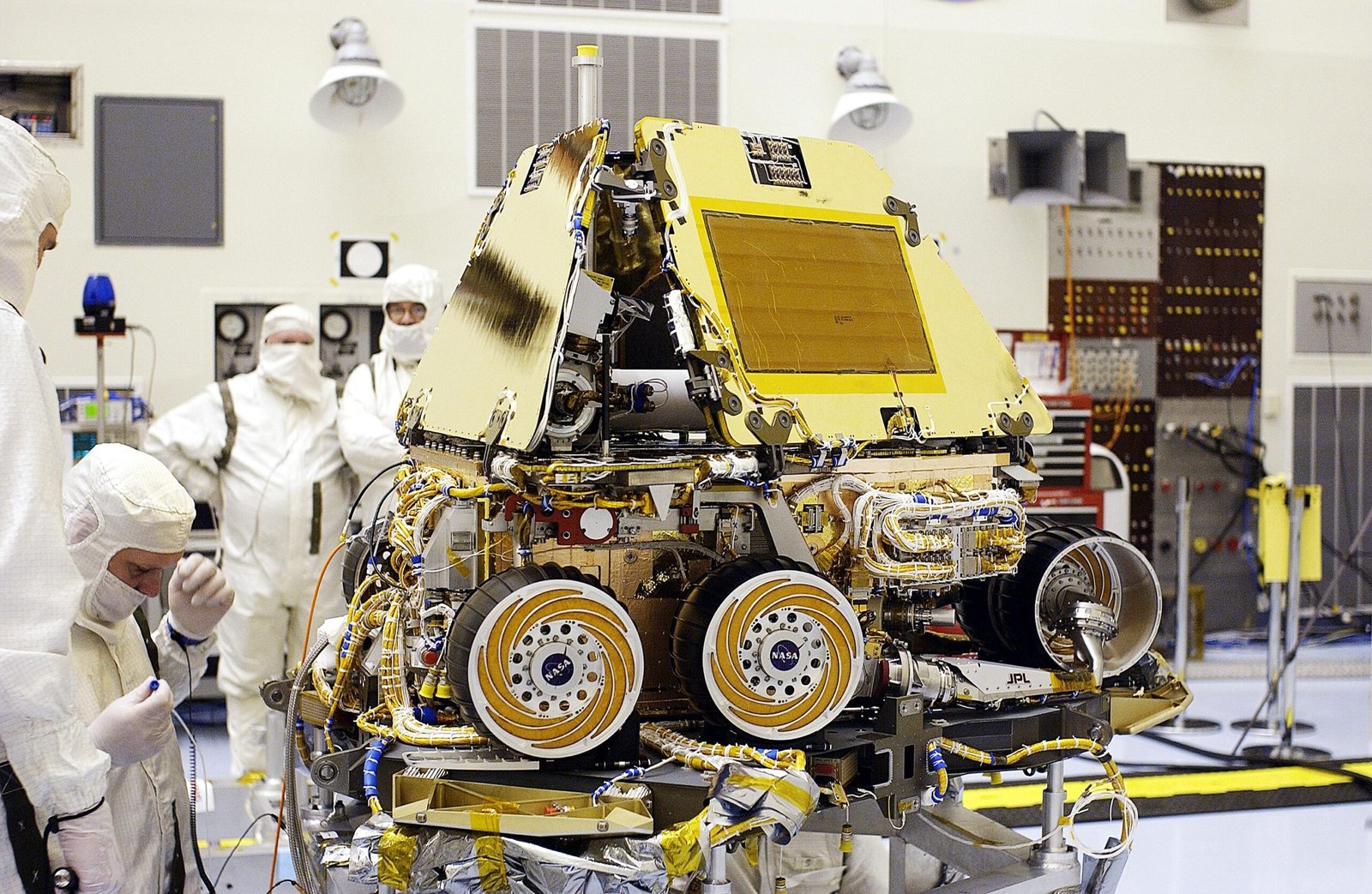
Rovers are more than just vehicles—they’re rolling laboratories. Instruments like spectrometers, drills, and cameras collect data as the rover moves from one site to another. Some experiments can only be done on the go, like measuring how the soil changes across a crater rim. The ability to travel and sample different environments has led to discoveries about water, climate, and even the possibility of ancient life.
International Collaboration: A Global Effort
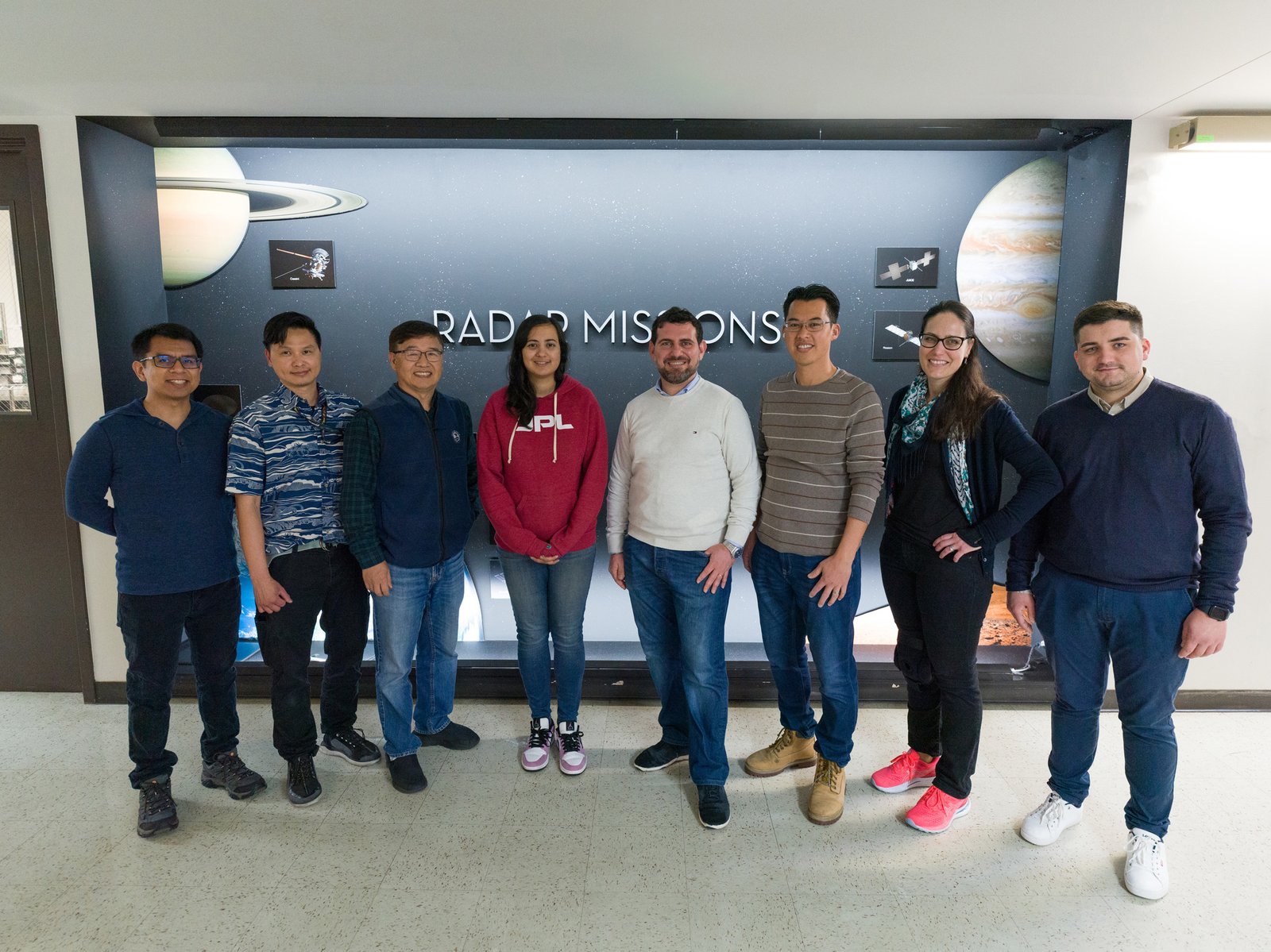
The quest to explore alien worlds isn’t just an American or Russian story. Countries like China, India, and the European Union have launched their own rovers, each bringing unique technology and perspectives. China’s Yutu-2 rover, for example, is the first to explore the Moon’s far side. These missions share data, inspire competition, and remind us that the urge to explore is truly universal.
The Rise of Miniature Rovers and Swarm Missions
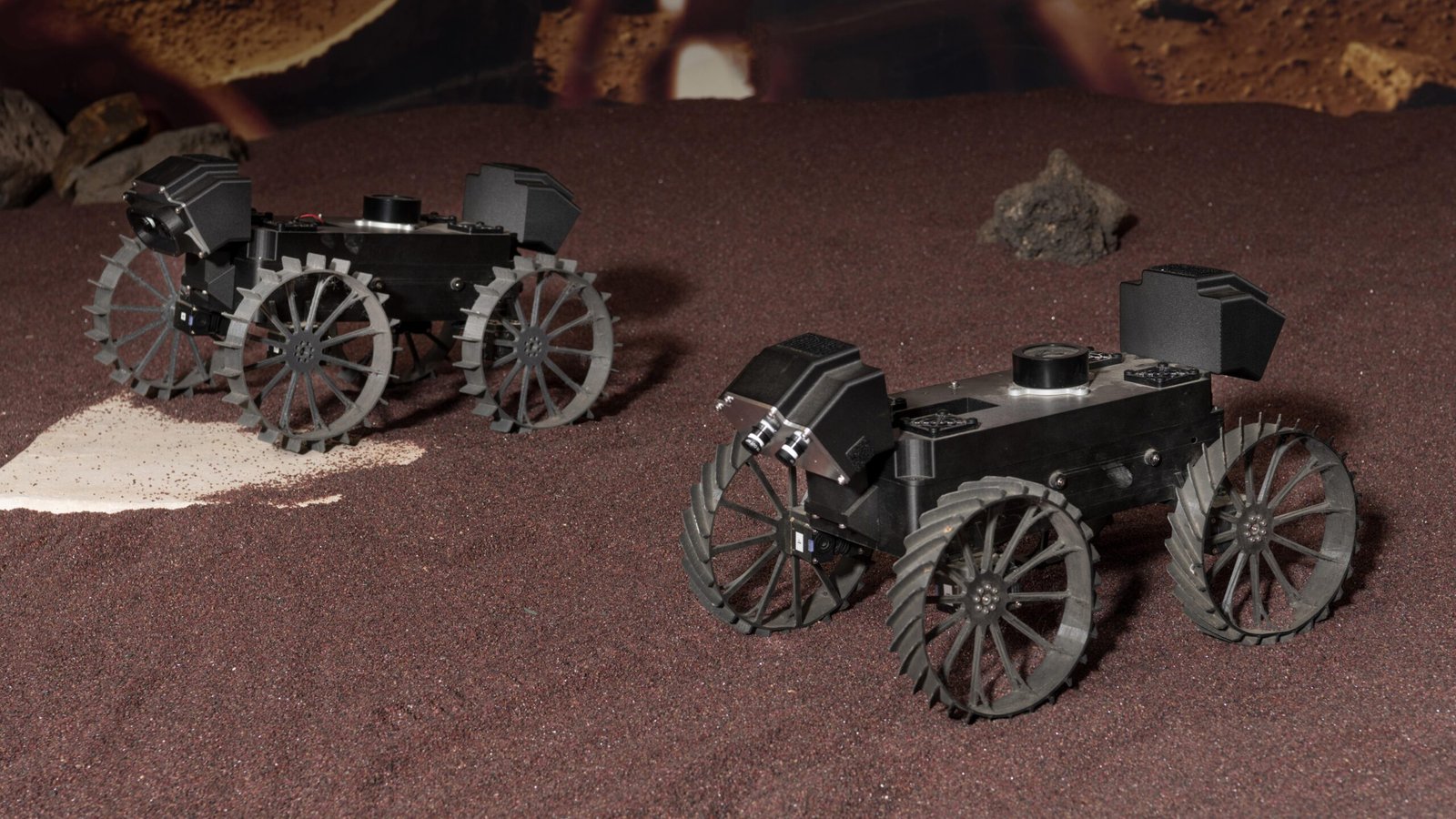
Big rovers get the headlines, but small robots are making waves. Tiny rovers and “swarm” missions can explore areas too risky for larger machines. They can work together, sharing data and covering more ground. NASA and other agencies are experimenting with robotic bees, snakes, and even hopping bots to tackle caves, cliffs, and other tough spots. This new approach could revolutionize how we study alien worlds.
Preparing for Human Exploration: Testing the Pathways
Every rover mission is a dress rehearsal for human explorers. By mapping hazards, testing new tools, and learning how to survive, these robots are paving the way for astronauts. The lessons learned—sometimes the hard way—are shaping plans for lunar bases, Mars colonies, and beyond. Rovers are the scouts, bravely venturing into the unknown so that one day, people can follow.
Looking Forward: The Next-Generation Rovers and Beyond

Tomorrow’s rovers will be faster, smarter, and more versatile. Concepts include robots that can swim in the icy oceans of Europa or fly through the thick atmosphere of Titan. Engineers dream of machines that can build habitats, mine resources, or even repair themselves. Each new rover adds a chapter to the story, turning science fiction into reality one wheel-turn at a time.
Why the Evolution of Rovers Matters to Us All
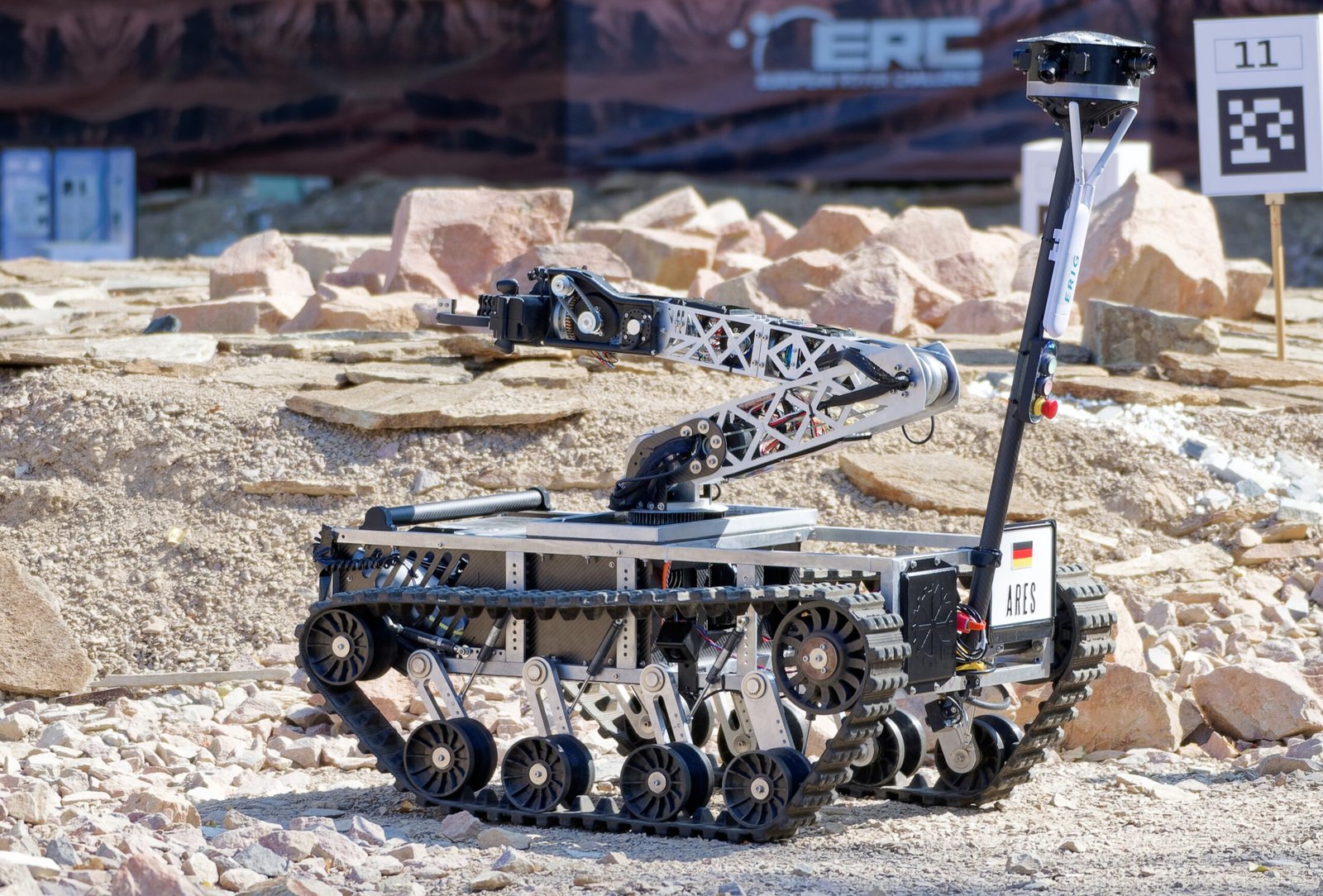
The saga of rovers is more than just a tale of machines. It’s about our drive to explore, to ask questions, and to reach beyond our grasp. Rovers are our eyes and hands on distant worlds, bringing back stories of wonder, danger, and discovery. They remind us that curiosity is a powerful force, capable of bridging the vastest distances. The next time you see a photo from Mars or hear about a new rover landing, remember—each track in the dust is a mark of human hope.

